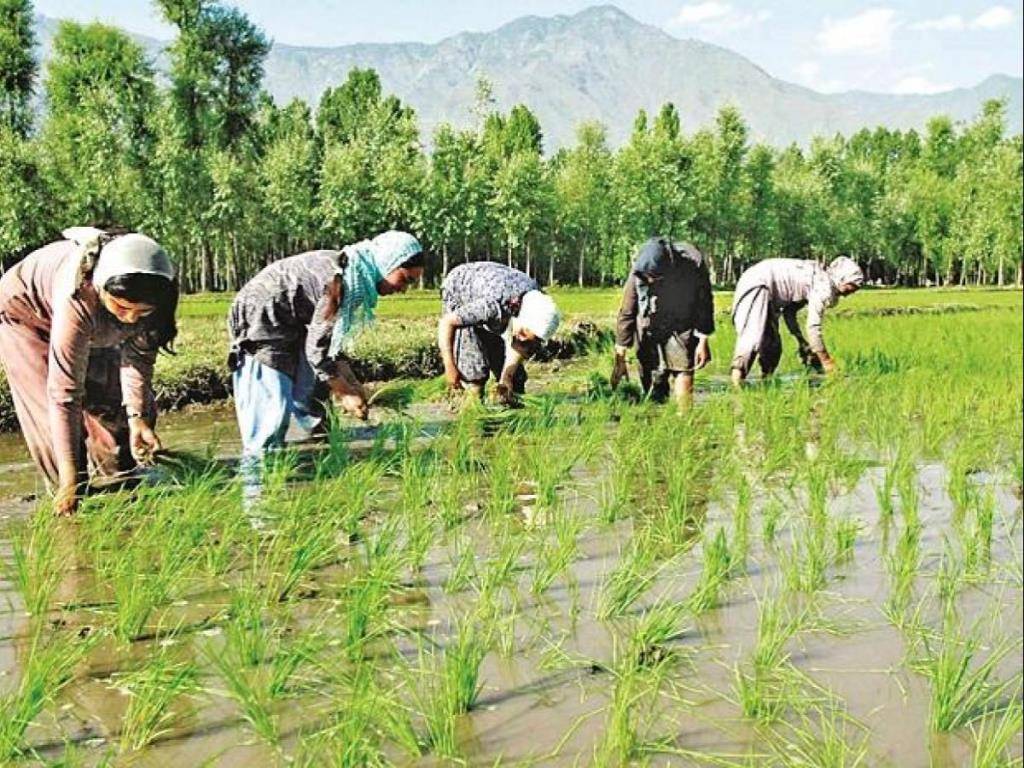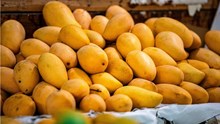
India is considered as the top producer of many types of crops and depending on the seasons' crops there are three segments namely Rabi, Kharif, and Zaid crops. Out of which here we will elaborate more about Kharif crops which are also known as monsoon crops.
Kharif crops are grown in wet and hot conditions. For instance, rice, maize, bajra, corn, & peas are few of the Kharif crops grown during monsoons in India. Mentioning in detail the top main crops to grow in monsoon below:
Hence, hereby were the top 5 crops that are grown in monsoon and its statistics about what the average rainfall which is required.
Rice - India is one of the world’s largest producers of rice and brown rice. It covers almost one-third of the total cultivated area of India which is huge and it provides to more than half of the Indian populations which is commendable in itself. There is so much production done all over the states for the whole of India and exports. It is cultivated in most of the states in India but the major 3 producers of rice are West Bengal, Punjab, and Uttar Pradesh. Rice is a staple food in pan India and after China; India has the highest production of Rice. It is considered as a top crop to grow in Monsoon because it requires average temperatures of 25-26 degrees Celsius and a minimum of 100cm of rainfall. Hence, it is usually grown in rice paddy fields and coastal areas of India. The traditional method is still used in India to harvest rice which is why the production is abundant and is the master crop. From all the cities, Punjab and Haryana grow priced rice for export purposes.

Pulses - Indian agriculture is largely based on Pulses crops. In the monsoons, crops like green gram, black gram, are the most important leading crops of India. All the seasons need specific care and maintenance of crops. Organic fertilizers are very important for the healthy growth of pulse crops and to enhance productivity. Though late monsoon slows the Kharif crops sowing and because of monsoon the production might be delayed and damaged too. Monsoon accounts for 70% of India’s rainfall and is critical to nations crop output and economy too. The main pulses growing states are Karnataka, Maharashtra and Madhya Pradesh and the agriculture community is huge in Maharashtra in various regions, areas, and villages nearby cities. All the export is been carried away from the same production of pulses over the year to help in the economy of the country and also called the Food of India!
Cotton - Cotton is considered as a fiber crop and its seed is used as vegetable oil. Cotton is also a Kharif crop and a tropical as well as subtropical crop. India ranks third in the production of cotton worldwide and known as “White Gold”. Cotton is a range of long, medium and short staple variety of Kharif crops and is usually grown in temperatures of 21-30 degrees Celsius and a minimum of 50-100cm of rainfall. The major producers of cotton in terms of states include Gujarat, Maharashtra, Andhra Pradesh, Haryana, Rajasthan, Karnataka, Tamil Nadu, and Orissa. According to the previous report, Gujarat is the highest of all. Cotton is a soft, fluffy and staple fiber that grows in a protective case and the fiber is almost pure cellulose. The current estimate for world production is 25 million tons to 110 million tons annually. India is the second largest producer almost most of the production is done and monsoon delivers about 75% of rainfall which is required for production. The United States is been considered as the largest importer of Cotton.
Tea - India is the second largest producer of tea in the world. We all are aware of the famous tea produced in Assam and Darjeeling. Not only that, but tea is also considered as the state drink in Assam back in 2012. India is also the largest consumer of tea and uses nearly 30 percent of the global production output. Apart from that, we also export that much tea from India despite so much consumption so the production is huge and in great demand. Tea plantation is very dynamic in nature and can handle high frost and snow as well. Thus it can usually grow from subtropical to tropical climates in different parts of the country. The tea plan can often grow in a certain range of altitudes and the highest commercial tea operations are around 8000 feet in elevation with over 300cm of rainfall on average. The plantation is highly influenced by climatic conditions. India is also been leading in tea technology and the methods to harvest the crop vary from time to time and a pro-worker can easily harvest from 60-100 kg per day. As per the research, the Tea board claims that Darjeeling tea is the best drunk without sugar and milk.
Sugarcane - The global demand for sugar is the primary driver of sugarcane agriculture. 79% of the sugar is produced from sugarcane is grown in tropical and subtropical areas. Other products derived from sugarcane are falernum, molasses, rum, ethanol, etc. Sugarcane is an ancient crop of the Austronesian and Papuan people. This production has provided employment to millions of people in India. Sugarcane is grown in monsoon season only as it also requires hot and humid weather and agro climatic regions. North Western, North Central, North Eastern, Peninsular zone and coastal zones have been identified as sugarcane development regions. The optimum temperature for stem cuttings is 32-38 degree Celsius and for ripening 14-16 degree Celsius is required. Productivity in the state of Tamil Nadu is the highest.















